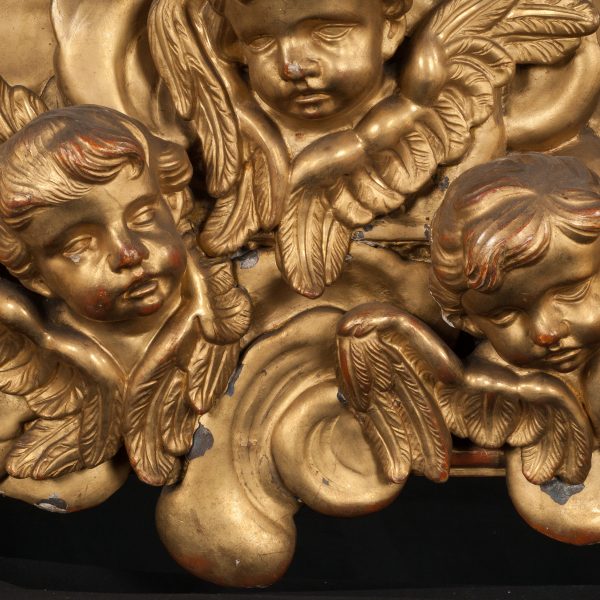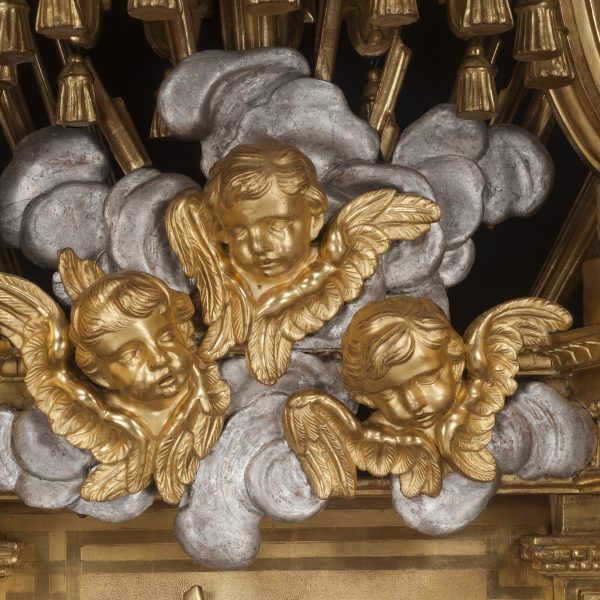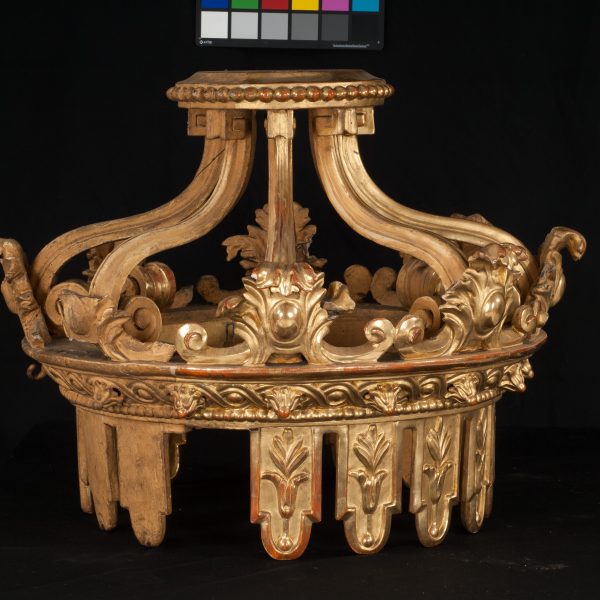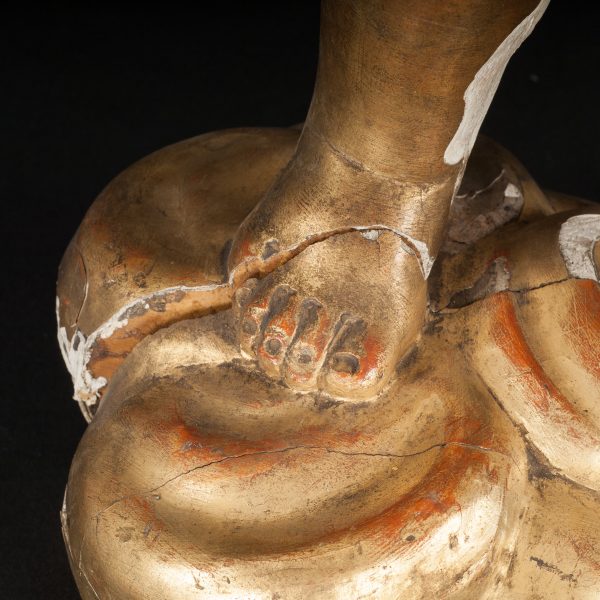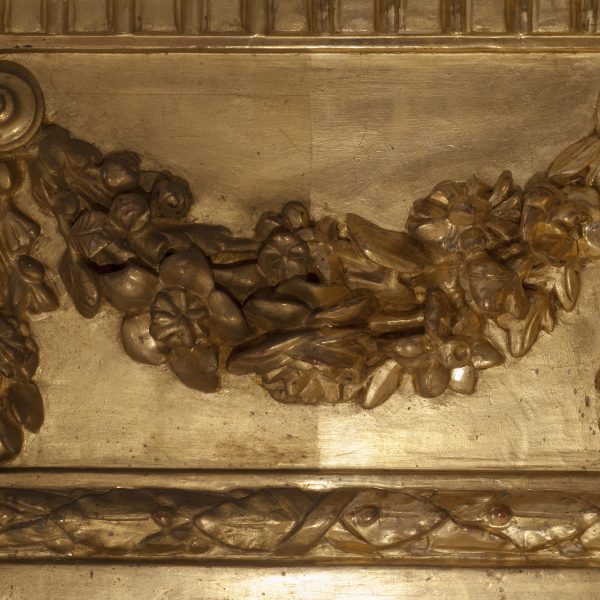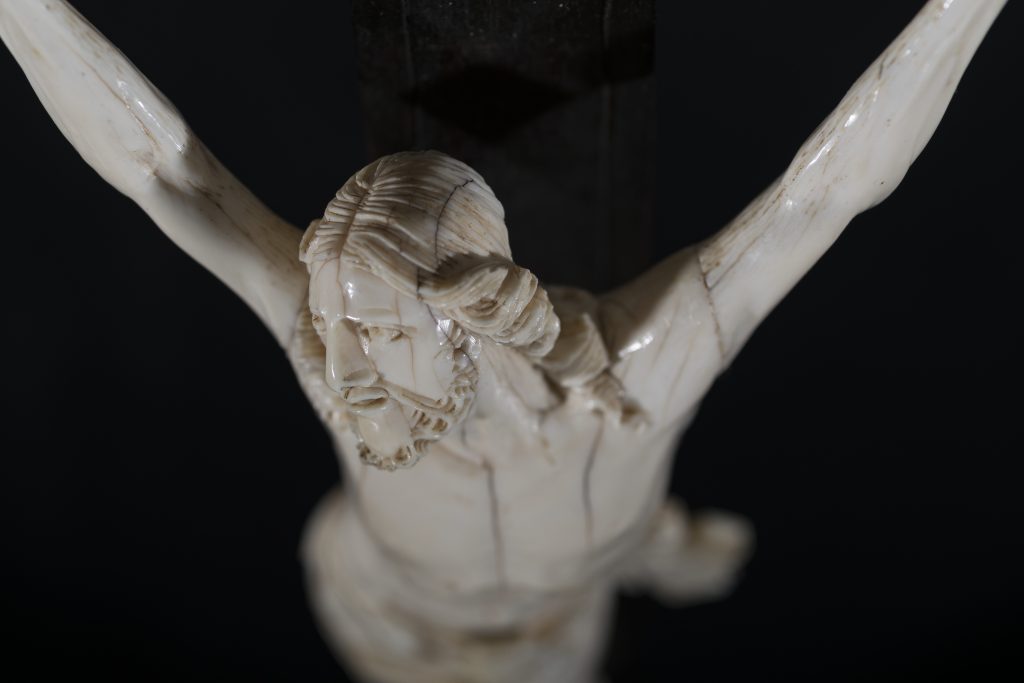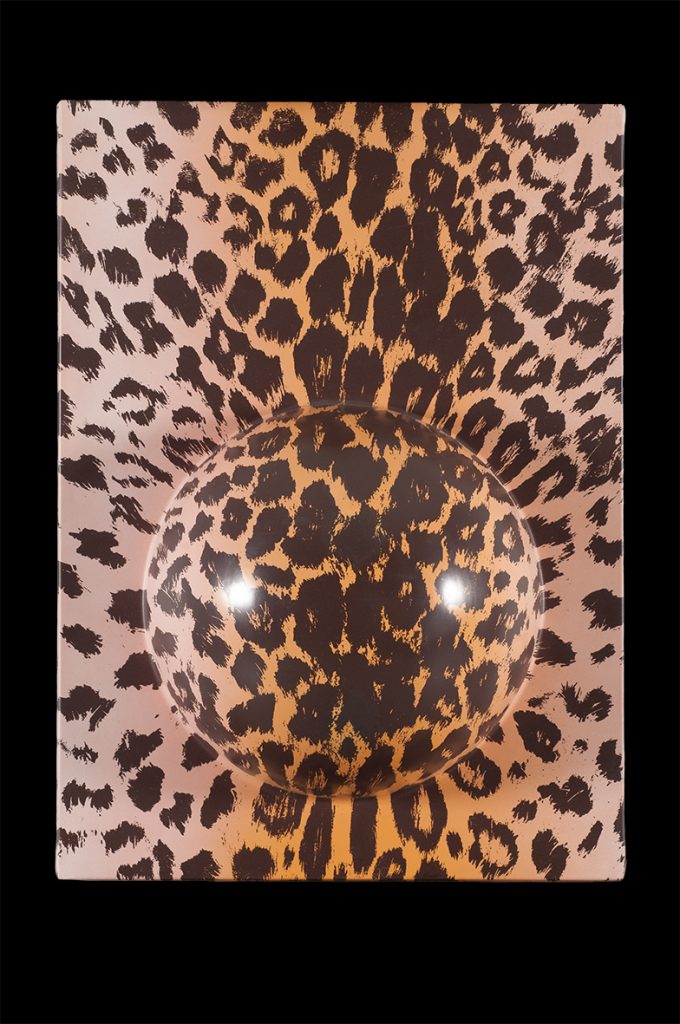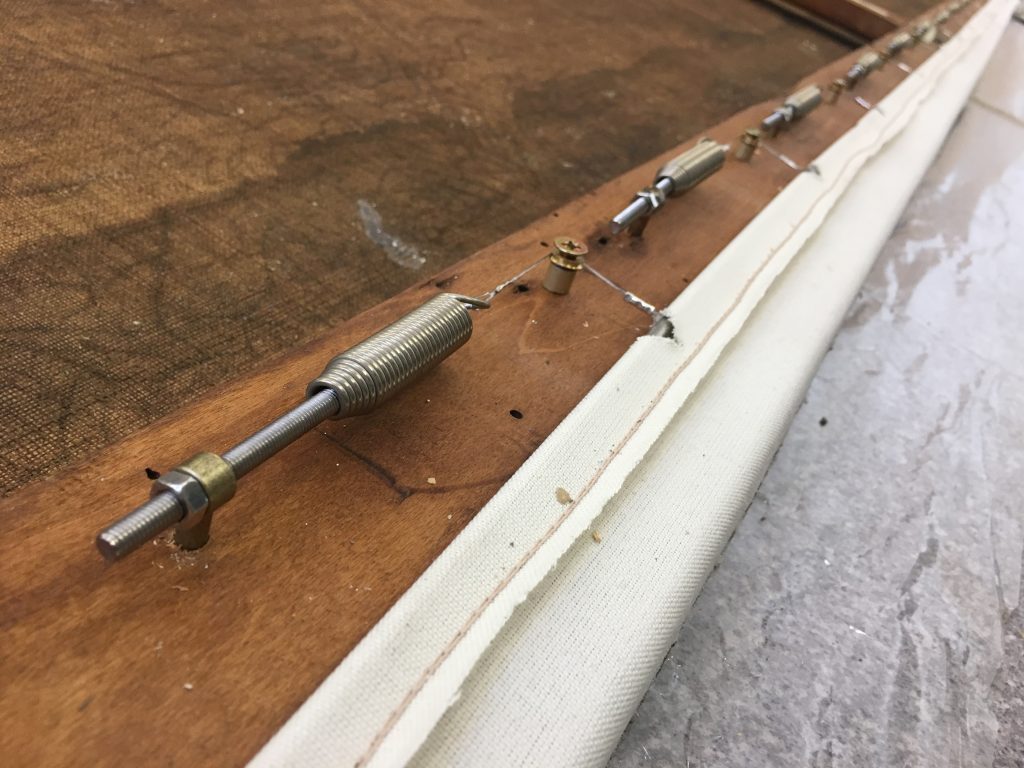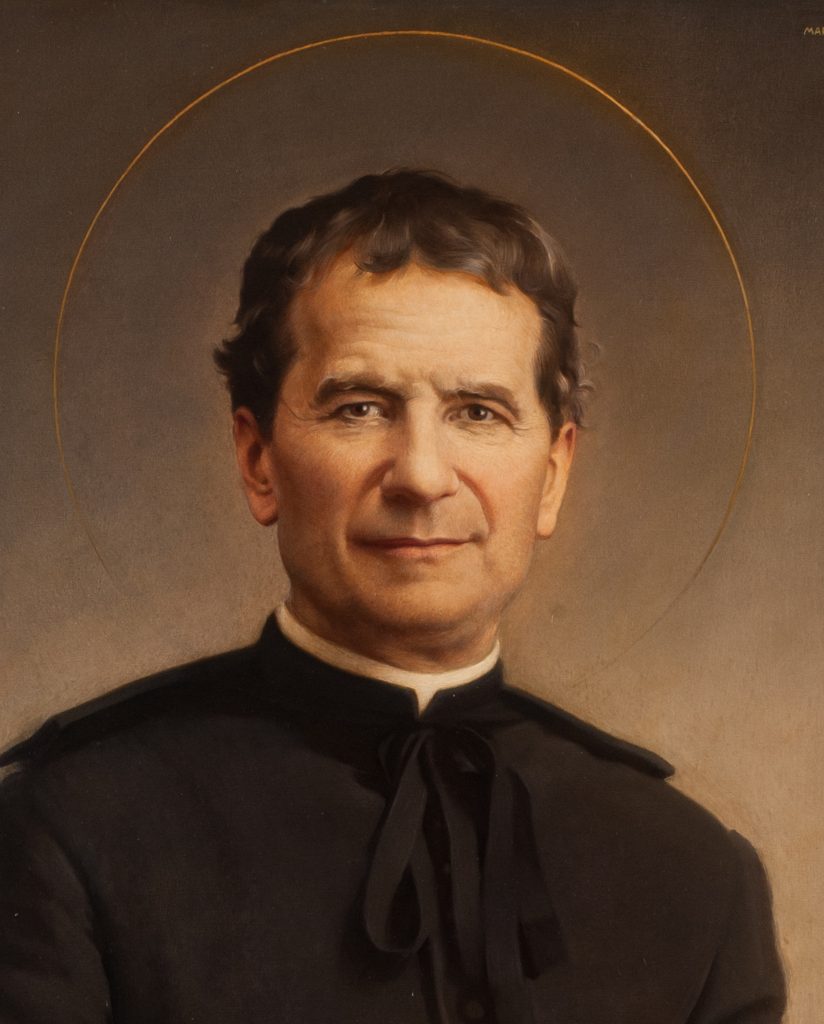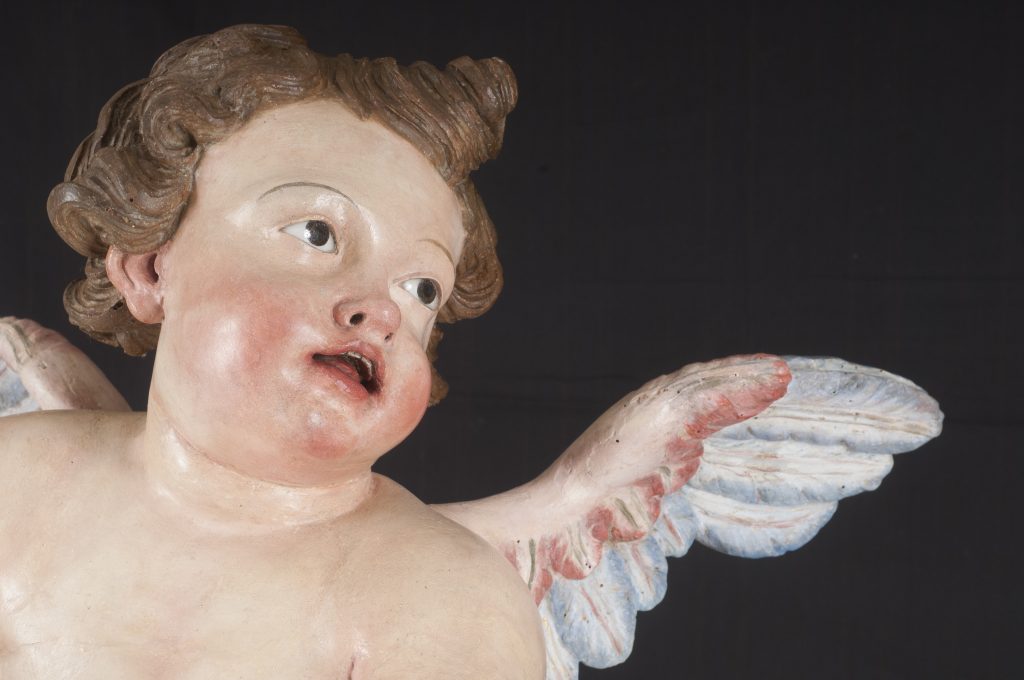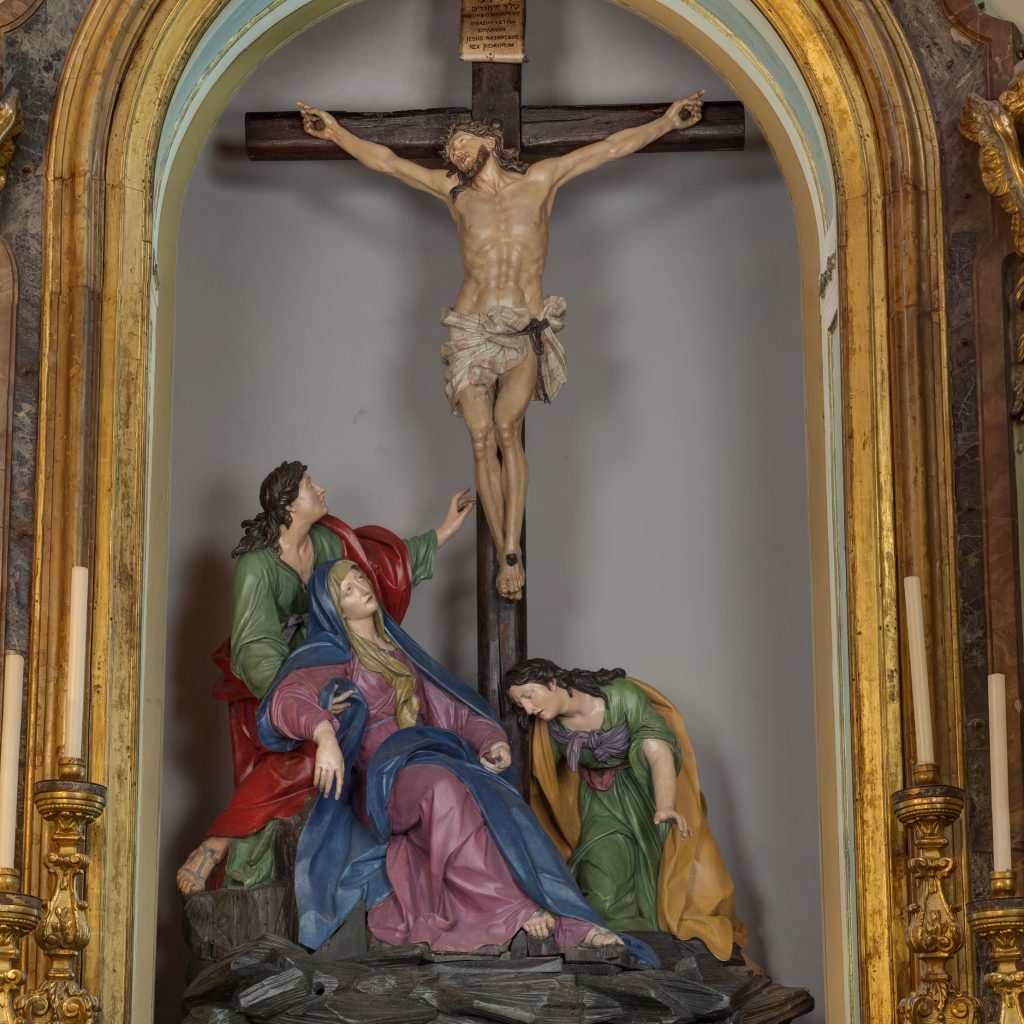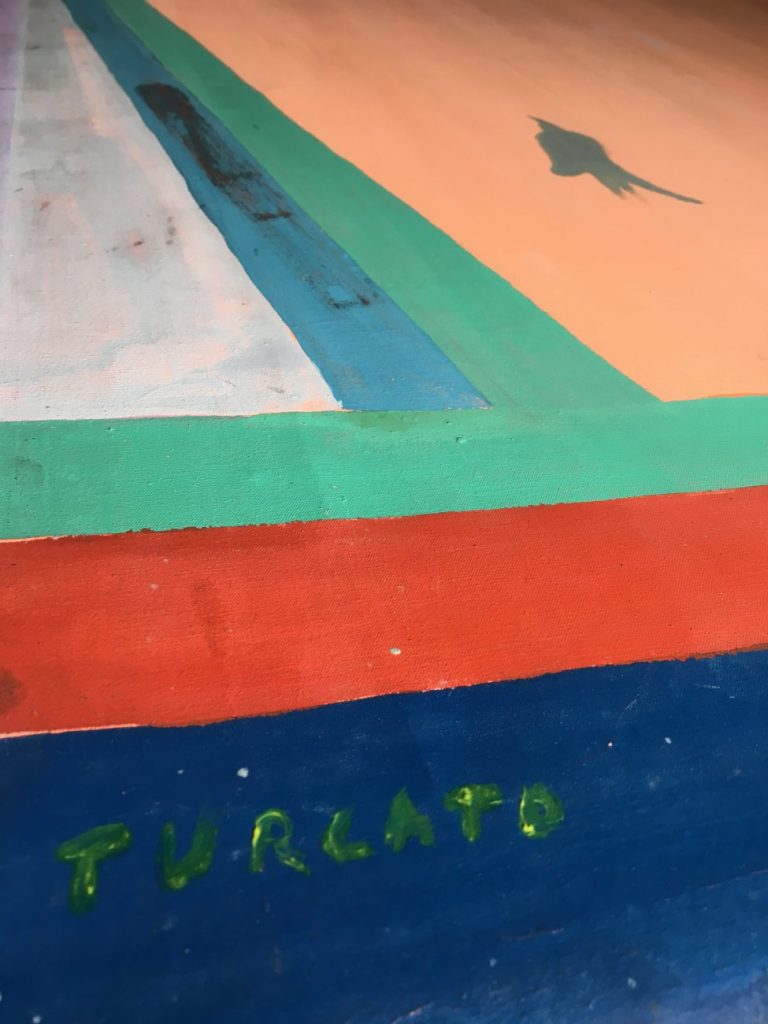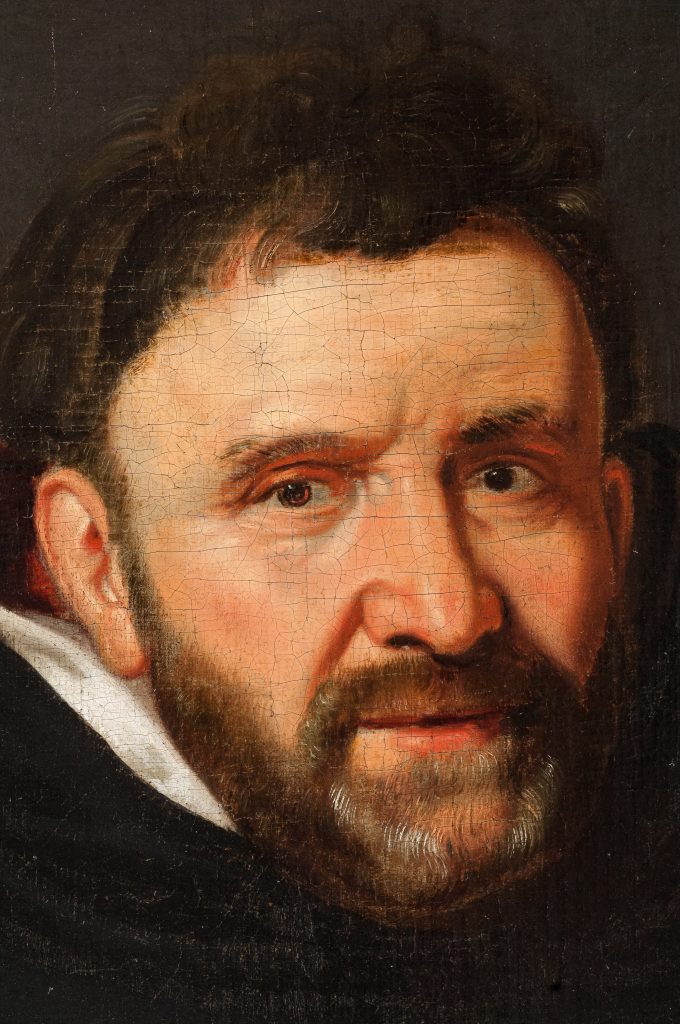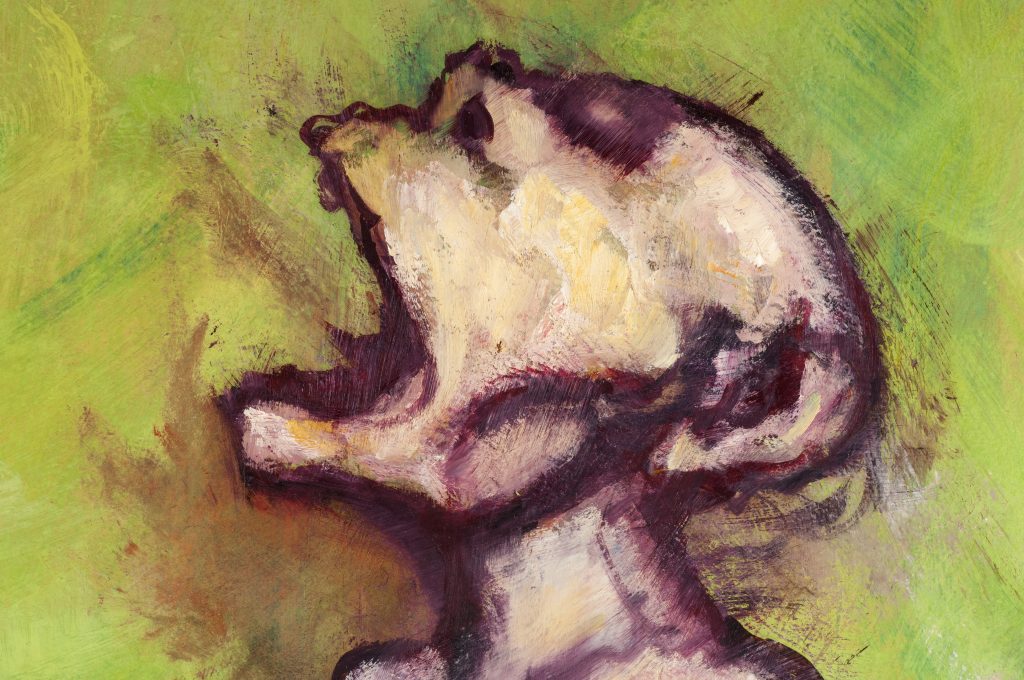Missing for decades, the great altarpiece of the Quarantore was recovered following a census of the movable objects of the church of the Spirito Santo in Turin.
During the summer of 2013, Mnemosyne Servizi carried out an accurate census, thanks to which all the parts that make up a Eucharistic trunk or Quarantore altar machine that no one remembered existed were found.
During the census, it was discovered that more than 30 unconnected elements belonged to the same artefact. Later, thanks to the discovery of an engraving from 1843, it was possible to find the first historical evidence of the presence of the fully assembled artefact.
For the restoration of the work, it was necessary to involve art historians to understand who the author might be. The study led to the name of the artist Stefano Maria Clemente, already active in the Archconfraternity with the Calvary, the large wooden processional group .
The artwork presented some manipulations of the joints, so the job was to restore the static nature of the work.
A study of the gold leaf finish was carried out under a microscope and 5 layers were discovered.
The original coating of the work was completely in meccato silver; in later years, a pure gold leaf finish was applied to some parts. During the restoration it was decided to recover the original meccato silver coating for the clouds in the background of the putti.
All surfaces were cleaned with fat emulsion and the finishing layers were consolidated with sturgeon glue.
The altar machine and its history
The large decorative apparatus used for the practice of the Easter triduum or specifically for the adoration of the Quarantore, is a large structure that was found during the census work, carried out by Mnemosyne, in July 2013 inside the Church of the Santo Spirito. This work consists of more than thirty wooden elements, which at the time of its discovery were disassembled and disorderly distributed in the church and inside different cabinets in both sacristies. The original use of these parts was unknown and many had been reused for other purposes: some elements (e.g. the four cherubs) were displayed in the church as ornaments on the side altars, while the baldachin, being one of the bulkiest elements of the machine, was placed in the chapel of the Crucifix, showing its extraneousness. Some of the lights, candle holders, were electrified over the centuries and placed as wall lights on the walls of the church and the main sacristy.
Most of the remaining elements were hidden, forgotten and with no apparent connection to each other. During the census and rearrangement phases, the different parts of which the machine is composed were reunited, first by grouping them together and then by reassembling them, a process that made it possible to restore this extraordinary artefact to its original unity.
After reassembling part of the corpus of this work, it was realised that its original location was in the centre of the high altar and that the decorations already present on the sacred table were, together with the machine, part of a single, large decorative system. All the elements that contribute to shaping this artefact required special care.
Attribution
This is a unique object of its kind and, according to the eminent opinion of Prof. Giuseppe Dardanello, the altarpiece of the Church of the Santo Spirito has strong stylistic parallels with the work of S. M. Clemente.
The altarpiece is very similar to the work of S. M. Clemente (1719-1794), who was already present in the Church of the Spirito Santo with the sculptural group of the Calvary (1761-63). Unfortunately, no documents have been found that provide precise art-historical information on this decorative apparatus to date the artefact. Only one document was found during the census; it is a reproduction of a lithograph by G. F. Hummel printed by J. Junck of Turin, which shows the interior of the Church of the Holy Spirit on the occasion of the centenary celebration of St. Victor. In 1843, the church was richly decorated and it is possible to clearly recognise the complete decorative apparatus that adorned the high altar, in the centre of which the Quarantore machine stands out.



